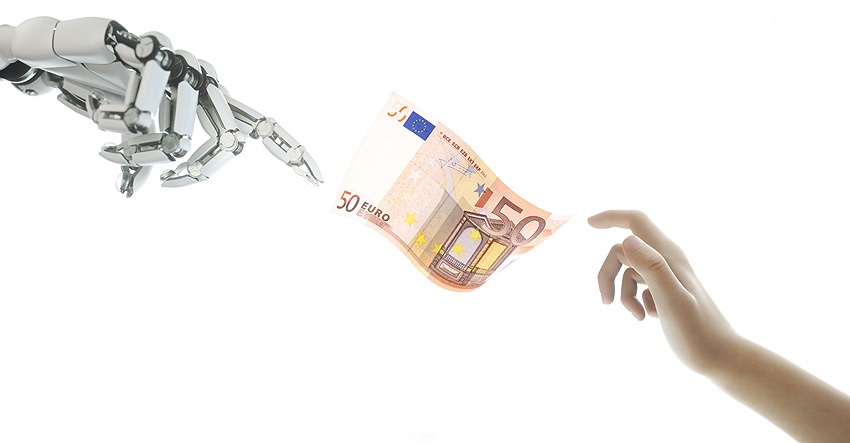How has the use of cash changed in the euro area in recent years?
20/01/2021
Cash, that is, euro banknotes and coins, is still Europeans’ favourite payment instrument, according to a study recently published by the European Central Bank (ECB) on the payment behaviour of euro area consumers drawing on 2019 data.
The study shows that cash is still the payment instrument most frequently used by individuals at points of sale, such as shops and restaurants. In Spain, it is still used more than any other payment instrument (83% of purchases were paid for in cash, or 66% in value terms). Comparing with an earlier ECB studyAbre en ventana nueva, the share of adults in the euro area who use cash has fallen from 79% to 73% over the last three years. Although cash still reigns supreme, its use is declining.
In the same period, the euro area has seen an increase in the use of cards as payment instrument for these types of transactions (19% vs. 24%). Worth mentioning is the increase in card transactions using contactless technology, which accounted for 38% of all card purchases in 2019.
How easy do Europeans think it is to access cash?
The availability of cash at bank branches, ATMs and post offices has decreased in all euro area countries, compared with the 2016 results, from 94% to 89%. This is owing to adjustments to banks’ business model as a result, among other reasons, of the mergersAbre en ventana nueva between banks that have taken place in recent years and of technological advances. Despite this, the survey shows that most respondents continue to be satisfied with access to this means of payment.
Has the ongoing pandemic affected the use of cash?
To find out what effect the ongoing pandemic has had on payment behaviour, an ad hoc survey was conducted in July 2020 in all euro area countries, to complement the above-mentioned study. Four out of ten respondents reported that they have used cash less often since the onset of the pandemic. However, the long-term impact is still uncertain.
For further information, see a the reportAbre en ventana nueva.



